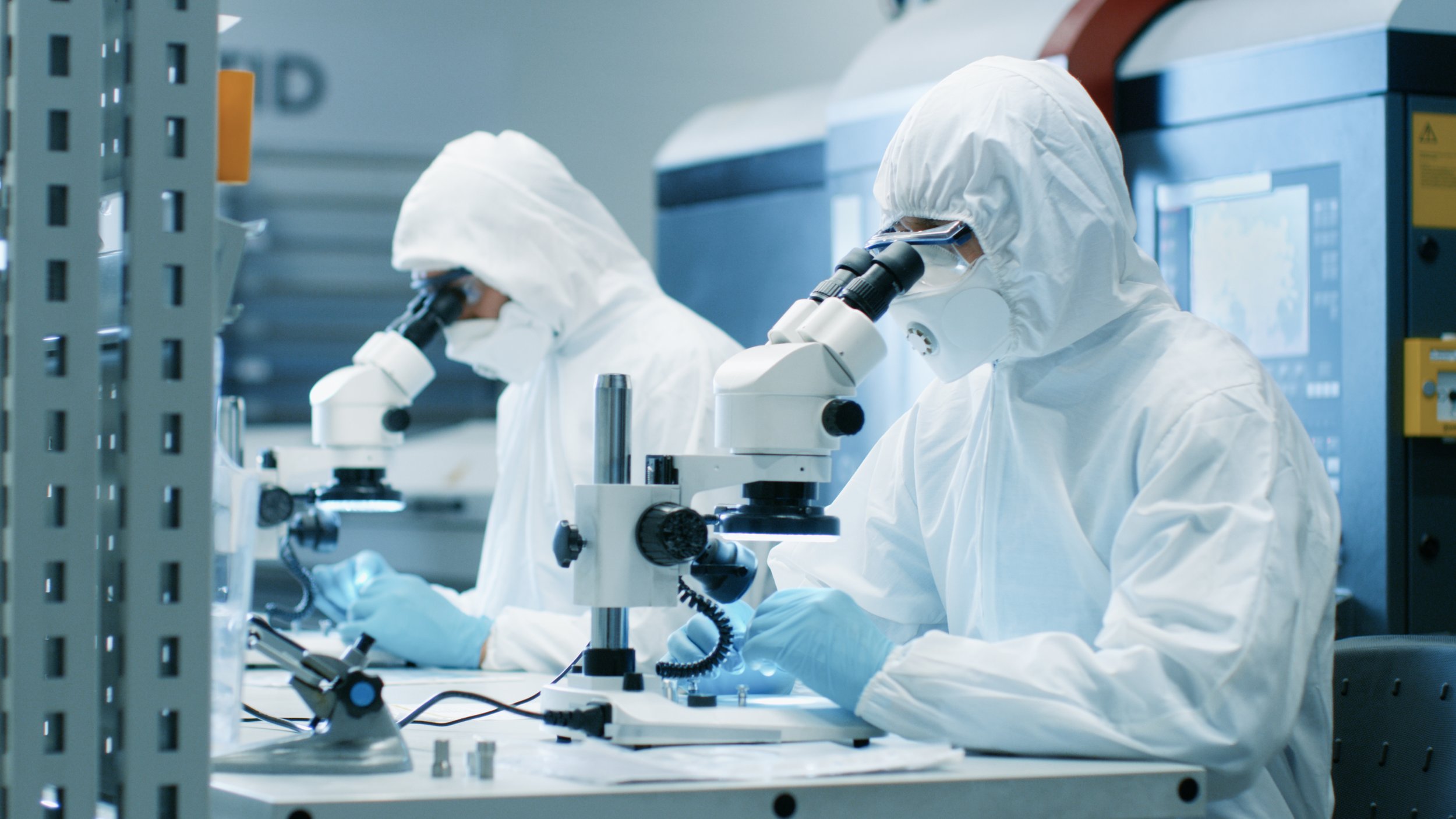
EDJEN BIOTECH’s vaccine candidate is characterized by a unique set of peptides that have been carefully selected, using a proprietary mass-spectrometry technique, to express multiple viral epitopes capable of eliciting broad protection against existing and potential variants of SARS-CoV-2.
Mayo Clinic Vaccine Research Group has spent over two decades perfecting a mass-spectrometry-based approach to develop peptide-based vaccines.
As one of the first research labs to apply this approach commercially, EDJEN BIOTECH is working to uncover exactly what a T cell or B cell encounters during an epitope presentation. This will allow scientists to identify the peptides of the virus that are specifically targeted by the immune system and, thus, create highly effective vaccines that contain fewer components than vaccines developed using traditional methods.
N, M, and E proteins have advantages as targets over the S protein.
The spike protein has been the sole focus of most COVID-19 vaccines to date, as it is the area of the virus that enables viral attachment and entry into the cells of infected individuals. Viral replication only happens inside our cells, so blocking cellular entry will prevent more viruses from being made in the body.
However, SARS-CoV-2 contains four major structural proteins, namely spike (S), membrane (M) and envelope (E) proteins, all of which are embedded in the viral surface envelope, and nucleocapsid (N) protein, which is in the ribonucleoprotein core. These major structural proteins are a natural source of immune targeting, and vaccines containing epitopes from these structures could potentially offer greater protection from emerging variants of the SARS-CoV-2 virus.
S proteins are responsible for the recognition of the host cellular receptor to initiate virus entry.
M proteins are embedded in the envelope and shape the virion envelope.
E proteins are small polypeptides that are crucial for CoV infectivity.
N proteins make up the helical nucleocapsid and bind along the viral RNA genome, inside the envelope.
In addition to these structural proteins, SARS-CoV-2 encodes 16 non-structural proteins (nsp1–16) and 9 accessory proteins which are also potential immune targets. Including these targets in a vaccine creates additional epitopes that the virus would need to mutate against in order to escape vaccine immunity. Therefore, vaccines developed with these additional immune targets could both broaden and strengthen protection against future variants of the virus.

